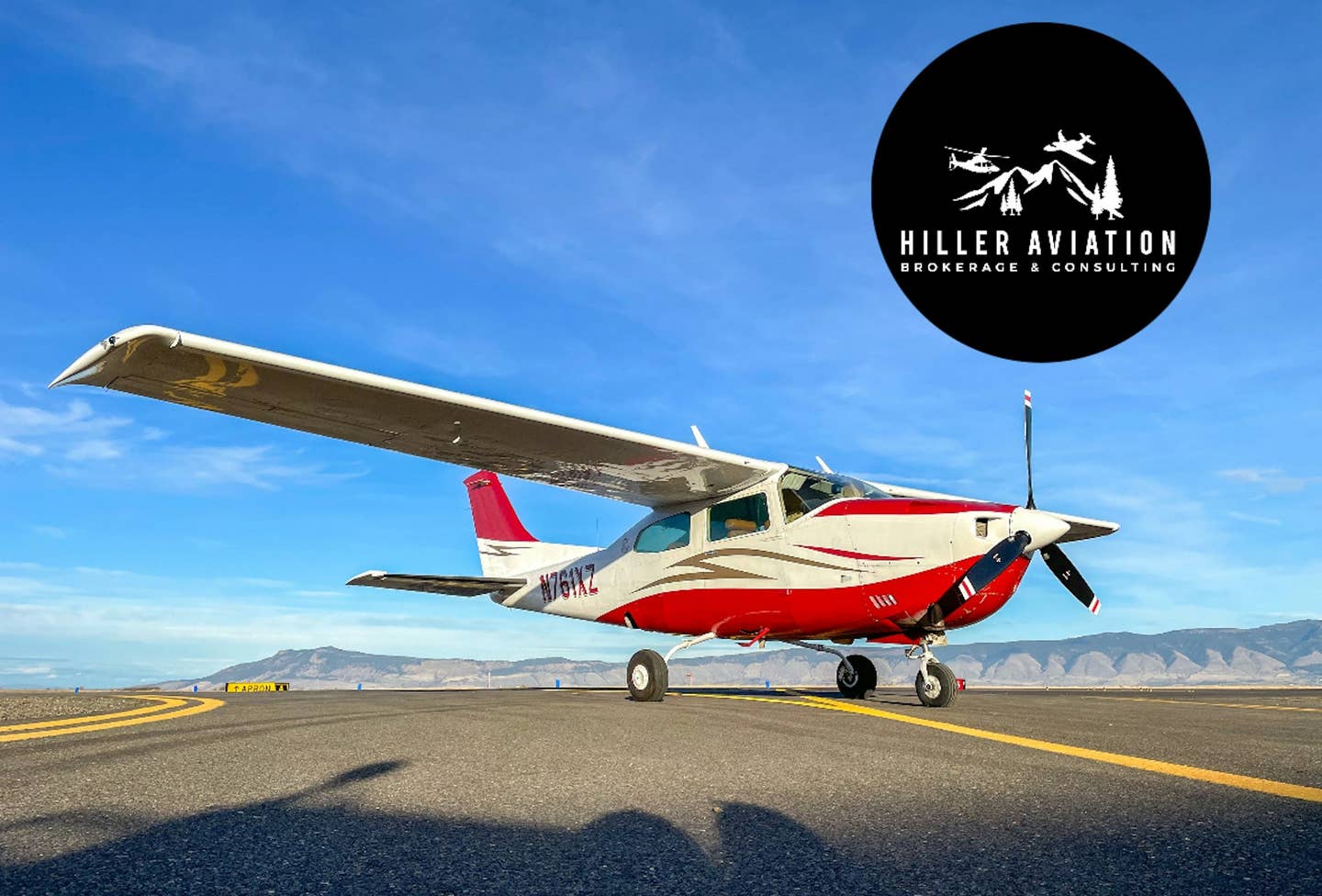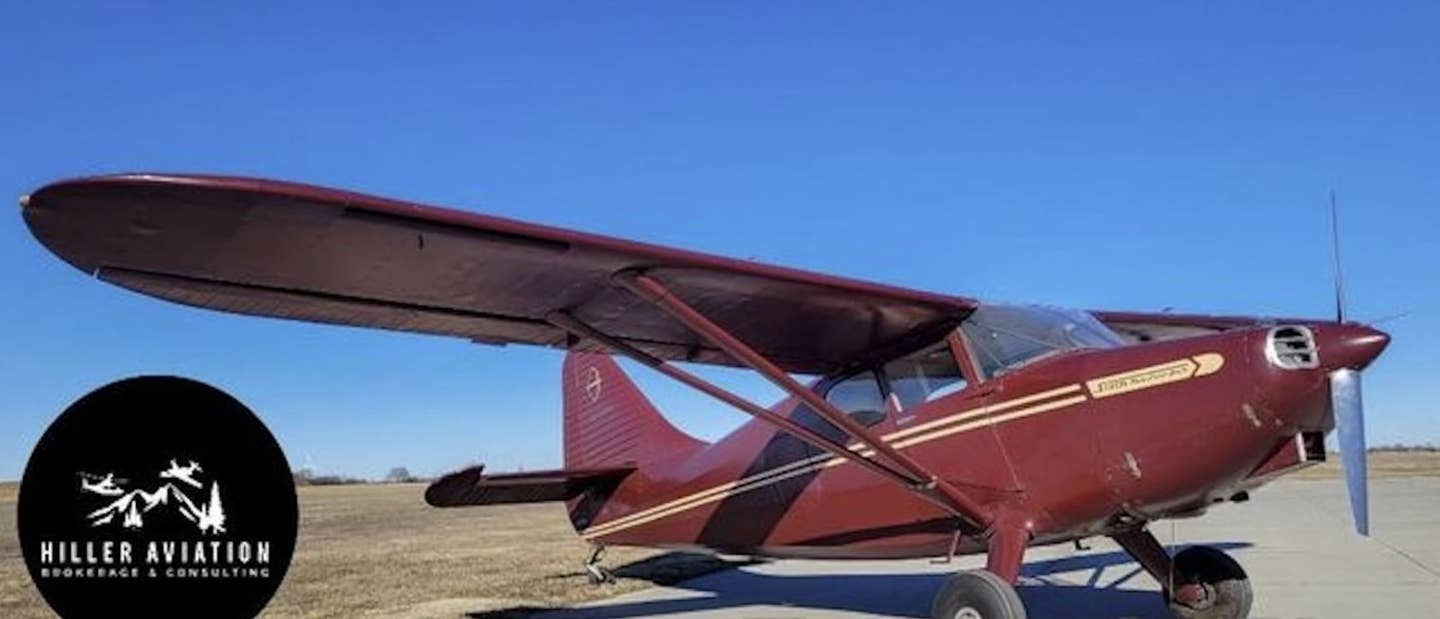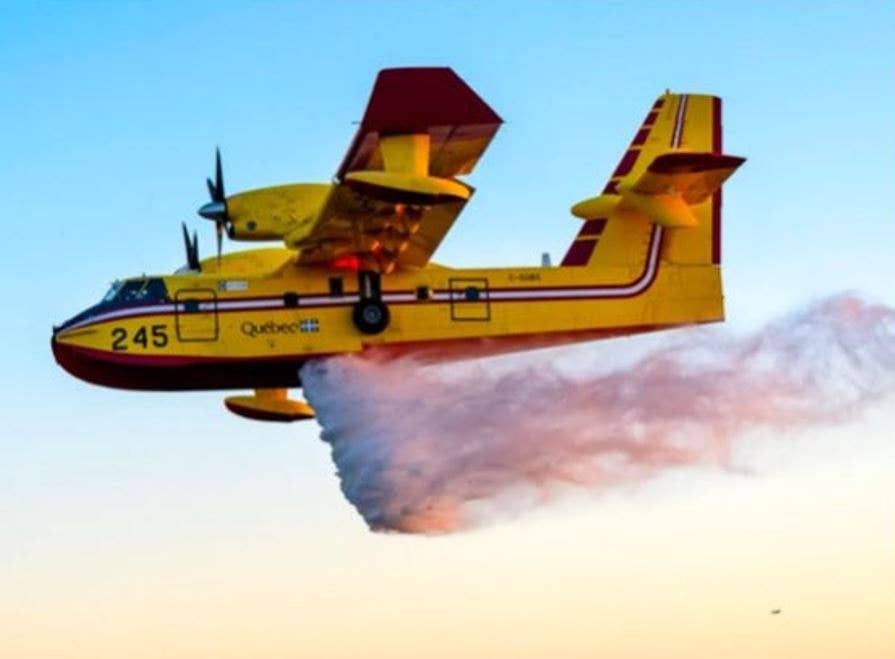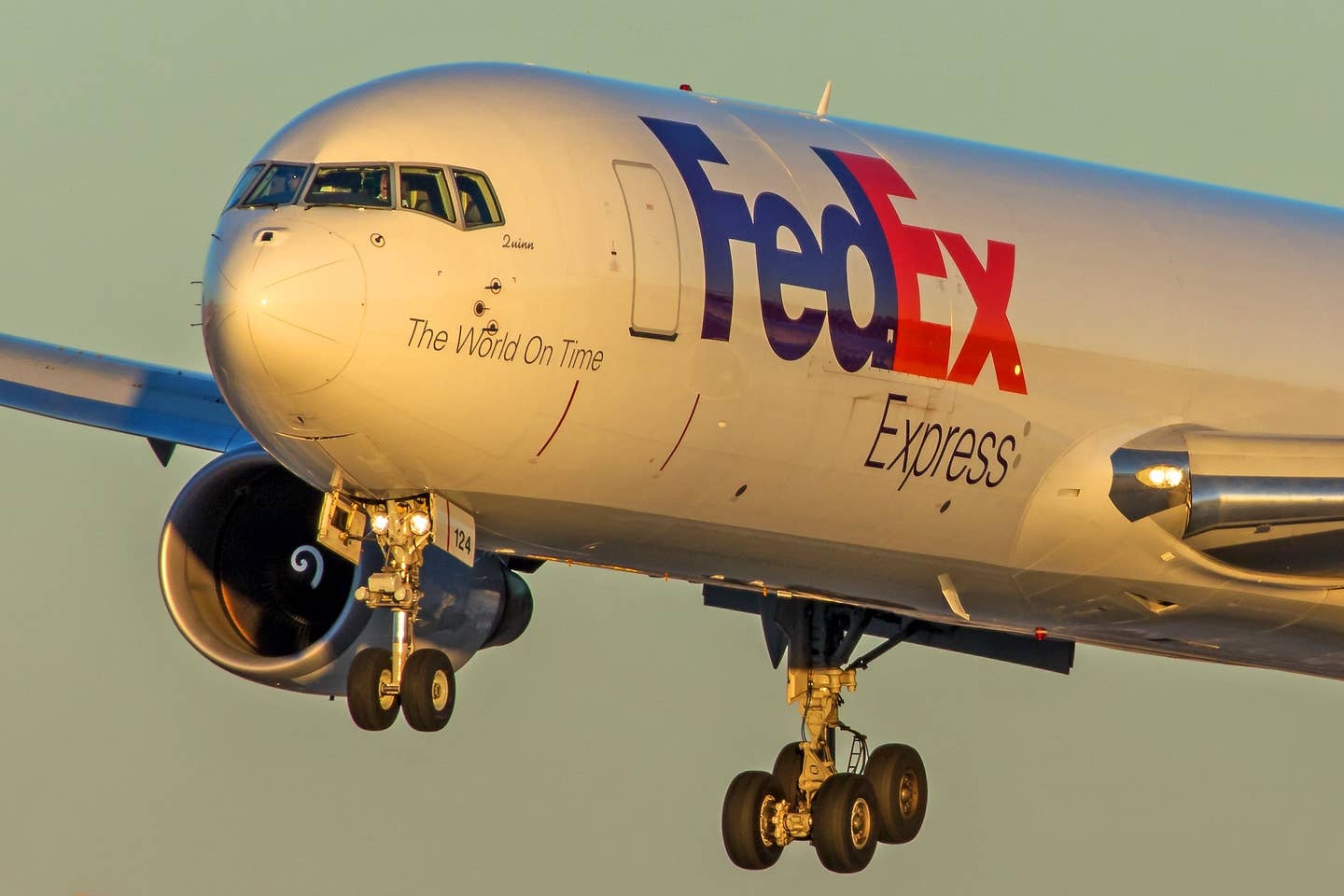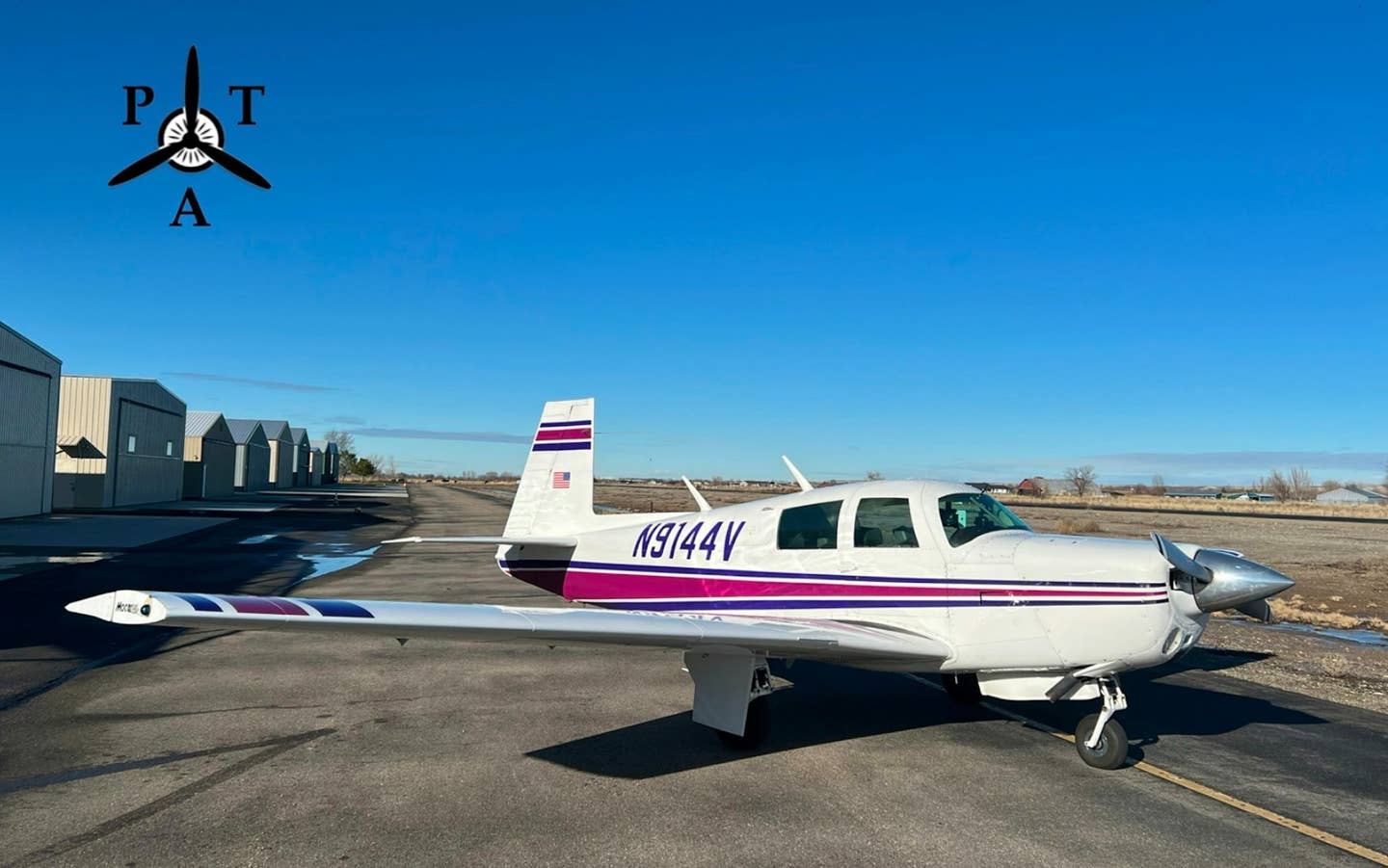
How safe are light sport aircraft? It used to be anybody's guess. Today, thanks to early studies by the FAA and NTSB, the guessing is a lot more educated.
In fact, the FAA has recently come out with some preliminary safety numbers that suggest the safety of LSAs is substantially better than that of amateur-built airplanes, though not as good as conventionally certificated (Part 23) airplanes.
When the FAA introduced the light sport aircraft category and the sport pilot certificate at AirVenture a few years back, some were surprised that the FAA had made the adoption of the new rules a priority.
In retrospect, the commitment to the new rules was probably as much about helping itself out as serving the light sport community. After all, LSA and sport pilot were ways that the FAA could improve the overall safety of very light aircraft (many of which were legal or extralegal homebuilts over which the FAA had limited enforcement clout). At the same time, through the new rules, the agency could create a more regulated environment, and do it without having to staff a lot of new positions, which would have been an impossible proposition considering the FAA's limited resources, then and now. The big idea behind LSA that allowed the whole thing to happen was the switch to ASTM standards instead of conventional certification, overseen by FAA personnel. But the big question was, and is, would ASTM standards provide an acceptable level of safety?
In terms of sales, the segment is a success. According to a presentation given by the FAA at the Friedrichshafen (Germany) airshow, the total LSA fleet size is now nearing 10,000 airplanes. Of those, around 6,700 are experimental-LSAs and around 1,300 are special-LSAs. There are more than 100 approved LSA designs, a number that might not decrease over time, since the cost of admission to the industry is very low. And there seems to be an enthusiastic market for LSAs, much more so than many observers predicted.
But how safe are LSAs? It's been almost five years since the LSA and sport pilot rules were adopted, but until recently, there wasn't much data about how safe the new airplanes were. That has started to change, however, as the FAA has launched a study that will compile for LSAs the kind of data the industry has been getting for other categories of aircraft for decades. Some preliminary data, in fact, has already been released.
Due to its concerns over LSA accidents, in early 2008 the NTSB launched an LSA study, looking into a number of areas of concerns based on a close review of accident records. Primary concerns were seemingly high numbers of loss of control and structural failure accidents.
And the FAA has responded with a formal assessment project of its own to determine how safe LSAs actually are. In addition to studying accidents, the FAA is looking at the manufacturing process. It has already conducted 30 random on-site evaluations of LSA manufacturers to see how faithfully they are following the regulations. The report on that investigation is due out soon.
Unfortunately, it has been challenging for the regulators to gather safety data on LSAs. The most obvious obstacle is that there are different kinds of LSAs, including factory-built ones called S-LSAs; amateur or kit-built ones called E-LSAs (some of which were grandfathered in from the amateur built arena); and regular Part 23 airplanes that meet the definitions of an LSA and are being operated as such. So combing through the accident records and determining which airplanes to put in which category has proved to be a daunting task.
Nonetheless, the FAA has managed to put together a preliminary picture of the LSA safety record. While suggesting that there is much room for improvement, the numbers, FAA and LSA industry officials say, are nevertheless encouraging.
In all, the LSA fatal accident picture doesn't sound good. As of late spring, there had been 39 fatal LSA accidents (with 49 total fatalities). Of those fatals, 12 were in S-LSAs, meaning that nearly one out of every 100 S-LSAs has been involved in a fatal accident. Of those 39 total fatal wrecks (E-LSA and S-LSA combined), 54 percent were due to loss of control. Ten percent were due to structural failure. The numbers do suggest that the factory-built LSAs are faring much better than their kit-built counterparts.
In terms of the conventional safety matrix, LSAs are stacking up to be more than twice as risky (in terms of fatal accidents) as personal Part 23 airplanes (with professionally flown airplanes being twice as safe as that). The fatal rate per 100,000 hours flown for LSAs is, according to the FAA, just over five per 100,000 hours. The personally flown rate is just over two fatals per 100,000 flight hours.
And there have been a couple of safety trends that have emerged. For one, pilots who are learning to fly in LSAs seem to be having fewer, not more, loss of control accidents than more experienced pilots transitioning from larger, faster, heavier airplanes. At a safety summit hosted by and reported on by the EAA earlier this year, Harris Hooper, an FAA safety manager, noted that stall-spin accidents in both amateur-built and LSA aircraft have caused the highest number of fatal accidents and that pilots transitioning from conventional GA aircraft to LSAs are involved in more fatal LSA accidents than are newly trained sport pilots.
The problem, according to Dan Johnson, chairman of the Light Aircraft Manufacturers Association (LAMA), a trade group representing LSA makers, is in training. Johnson thinks that experienced pilots don't like to think that transitioning to a smaller, slower and lighter airplane will be challenging, though it invariably is. He pointed to the very light airplanes' faster acceleration, shorter takeoff rolls and steeper climb angles, and greater susceptibility to gusts as presenting particular challenges to pilots making the move to LSAs from larger airplanes.
Still, the safety record could be a lot worse. In fact, the FAA's view is that the statistics aren't just defensible but a success story. The idea, they say, was not to create a category of airplanes that was as safe or safer than Part 23 airplanes, just safer than the experimental category.
If you could put your finger on one factor for the safety benefit, it would probably be the airplanes themselves. Johnson has been around the light airplane world for decades, flying and evaluating hundreds of ultralights, experimentals and LSAs, and he believes the quality of these mostly new designs is superior to what was available before LSA. Not only is the construction more consistent, but manufacturers are providing ongoing support for their airplanes, allowing them to address emerging safety concerns more effectively. (Johnson's website, bydanjohnson.com, contains a wealth of data and good advice on LSAs.)
Why should the prospective LSA buyers believe that the ASTM standards are working? In addition to the FAA soon-to-be-released study, there is an audit program, run by LAMA, that independently verifies compliance to the standards. While it's a purely voluntary and fee-based program, the audits do provide an additional level of confidence. So far only a handful of LSA makers have participated, though the results so far, says Johnson, have been an impressive testament to the quality of the process. Then again, one would expect that the companies volunteering to go under the microscope already have their ducks in a row.
It will be interesting to see what other safety trends emerge from the FAA's assessment project and the NTSB's ongoing look at LSA safety.
One outcome of the studies is already abundantly clear. The FAA and NTSB are taking LSA safety seriously, and in the long run, that can only be a good thing for the industry's nascent safety culture.

Sign-up for newsletters & special offers!
Get the latest FLYING stories & special offers delivered directly to your inbox

